Philippines
SALC was invited to support End of Life healthcare trainings throughout The Philippines. Richard Groves was a lecturer in Nursing and Medical Schools as well as among local faith communities.
The Sacred Arts in the Philippines
This summer, Sacred Art of Living Center was invited to present a special series of workshops in Manila. In spite of widespread poverty that is in evidence everywhere in the Philippines, I have rarely encountered a population of people wearing smiles and enjoying life so completely. Our host was Dr. Francisco Feliciano, a talented man who is something of a national treasure in the Philippines. A world-famous musical composer, Francisco is a respected conductor who has been invited to conduct symphony orchestras all over the world. One of Asia’s leading figures in liturgical music, Francisco also has a passion for connecting the arts, culture, and healing. We were warmly welcomed at the Asian Center for Liturgy and Music called Samba-Likhaan, founded by Dr. Feliciano in Quezon City, the capital of the Philippines. On the grounds of what was once a toxic waste dump, his vision has created a remarkable retreat center that is both functional and beautiful. Artists, musicians, writers, and liturgists are invited here from around the world to live in a creative environment where the arts are respected as an important aspect of health and healing.
The Philippines is an exception to Asian religious culture in terms of its religious population. After centuries of Spanish occupation, there are large numbers of Roman Catholic communities as well as many other mainline Christian denominations. On the large island of Mindanao, a growing Muslim population was established in the Philippines before Christianity and has always lived in relative peace with its Christian neighbors to the north. Sacred Art of Living created a series of special presentations with these diverse populations in mind.
We are always surprised by the phenomenal turnout of healthcare workers whenever we travel outside of North America. St. Luke’s Medical Center, the largest hospital in the Philippines, arranged for a special program that brought together a couple of hundred physicians and nurses from the region. Following our evening program, several doctors told their colleagues how ripe they believed that the Filipino people are for the Sacred Art of Living and Dying. One physician spoke with deep emotion as he explained how he had wanted to be a seminary student but felt that it was irresponsible because of his family’s poverty. He became a doctor instead. He told the audience that our programs were a way for him to be both a priest and a doctor in his life. Another nurse spoke of how she had a Muslim mother and Buddhist father and that our programs gave her the courage to deepen her understanding of both spiritual traditions. Finally, St. Luke’s new medical director, Dr. Jovan Cuanang, gave a rousing personal endorsement for The Anamcara Project and invited Sacred Art of Living to utilize his new retreat complex north of Manila for the Sacred Art of Living and Dying series in the near future.
Our final day in Manila was spent teaching at St. Andrew’s Anglican Seminary which also houses one of Asia’s largest interfaith theological projects. We spent time with seminarians from over 20 Asian countries at their remarkable CPE [Clinical Pastoral Education Program] that reflects a wide diversity of religious backgrounds. It was a delight to dream with our Asian sisters and brothers of how The Anamcara Project might become part of a larger trans-Pacific initiative for the training of clergy and chaplains.
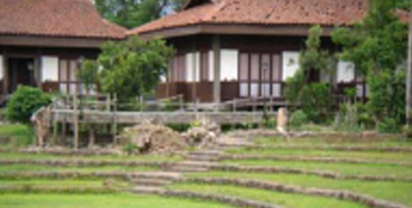
Retreat Center for Artists

Delegation from Sacred Art of Living Center
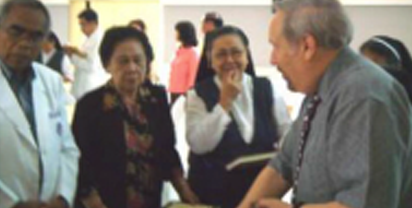
Participants from St. Luke's Medical Center
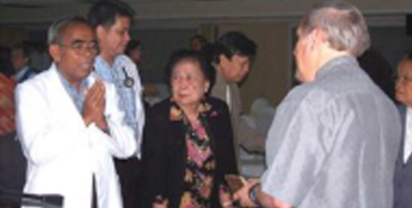
Dr. Jovan Cuanang invites Richard Groves back to teach The Anamcara Project
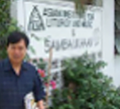
Dr. Feliciano in front of the Samba-Likhaan Center in Manila
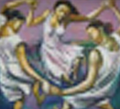
Beautiful Filipino art
